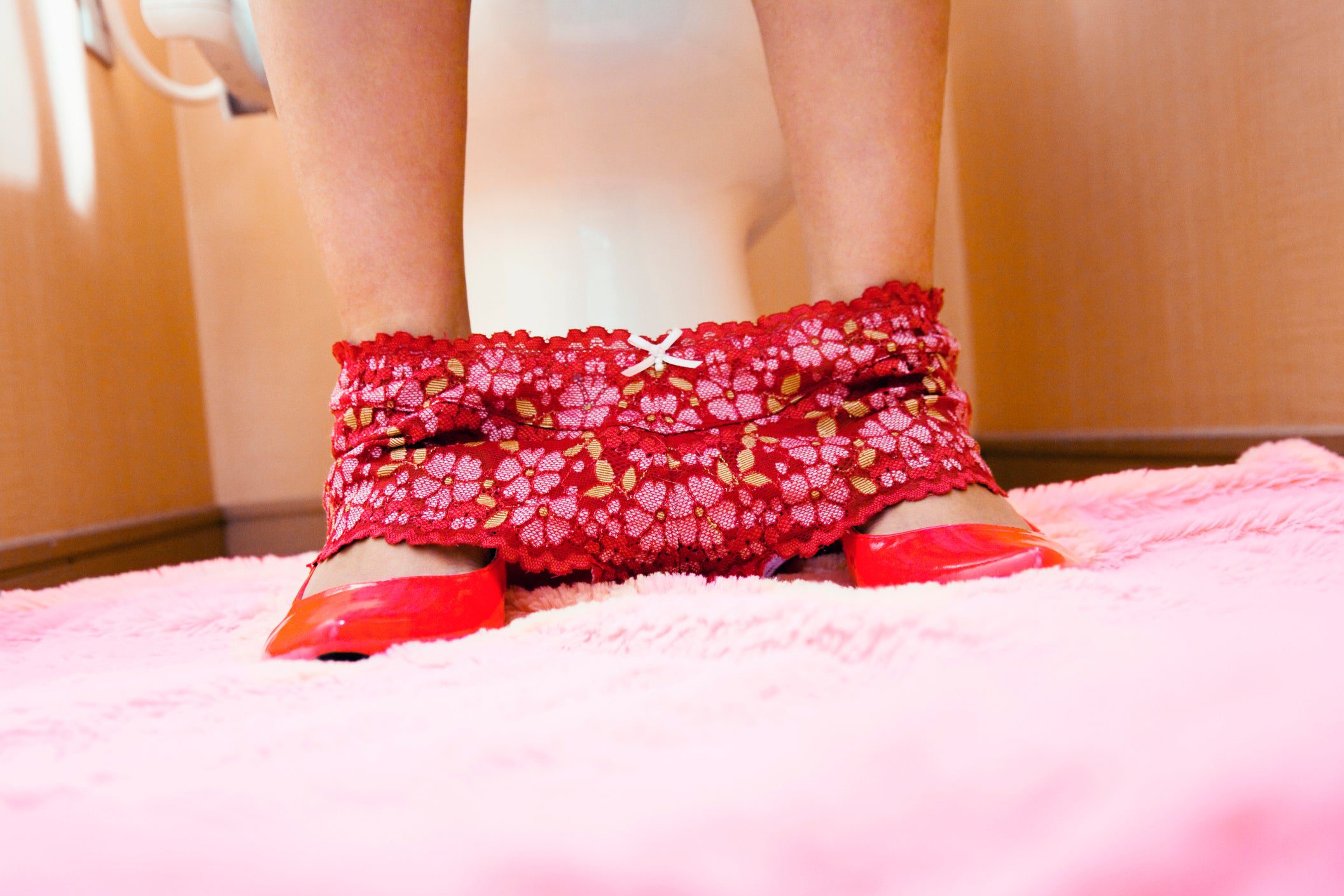According to Marcelino Rivera, an assistant professor of urology with the Indiana University School of Medicine, peeing “just in case” before you head out the door probably is not going to suddenly screw up your bladder.
However, to the extent it’s possible, Rivera really urged those who don’t have any urinary issues — so no known problems with their bladder, no issues with frequent urinary tract infections, etc. — to simply go when they have to, rather than holding it or forcing it because the timing is more convenient.
As a benchmark, experts generally agree that people should pee around six to eight times over the course of a 24-hour period.
“People should really listen to their body,” he said. “Use the bathroom as frequently your body tells you to go.”
Training yourself to hold your pee can be harmful in the long run.
In the same way that some experts warn against regularly doing the “just in case” pee, it’s also not a great idea to try and stretch the amount of time you can go in between urinating.
“The bladder is essentially a layer of inner skin … and the wall of the bladder is mostly muscle,” Rivera said. “Just like the rest of the muscles in your body, if these layers of muscle get overstretched, they will become injured. And with the bladder, when it becomes injured, it does not squeeze as well.”
You could definitely teach or train your bladder to store more urine over time, Rivera said, “but you’d have a bladder that is weakened because it’s been overstretched.”
He noted that this can be a particular issue with kids when they’re first learning to use the toilet. They might hold their pee because they haven’t quite gotten the hang of the timing yet, or because they’re still a bit reticent to use the potty.
There are some people who can really benefit from bladder training.
Urinary incontinence, or a loss of bladder control, is a common (if still under-discussed) issue, affecting anywhere between 10 and 36% of adults — especially those over 60 and especially women.
There are various forms incontinence can take, such as stress incontinence (when urine leaks in response to pressure on your bladder, like when you cough, sneeze, or lift something heavy) or urge incontinence (when you feel a sudden urge to pee, followed by an involuntary loss of urine).
If you’re grappling with those forms of incontinence, or if you’re having frequent UTIs or feeling like you can’t fully void, it is important to reach out to your primary care physician or a urologist, Rivera said. They can help get at the root cause and tailor a treatment that can help.
And that definitely might include behavioral changes, like scheduled toilet trips and targeted bladder training. For some people, the “just in case” pee might be an important part of their routine. But again, an expert can really help you figure out what’s best.
“There are techniques that help strengthen the muscles around the urethra to help prevent leakage of urine,” Rivera said.
“There are also techniques that involves squeezing the sphincter muscle … when you’ve got the urge to go, and there is a reflex in the bladder that tells it to kind of quiet down until you’re ready to go to the bathroom,” he explained. “Those are techniques that we do train patients to do, and they’re actually quite effective to help patients maintain their urinary control.”
For everyone else, common sense really wins. When possible, just pee when you feel like you have to.
This article originally appeared on HuffPost.
